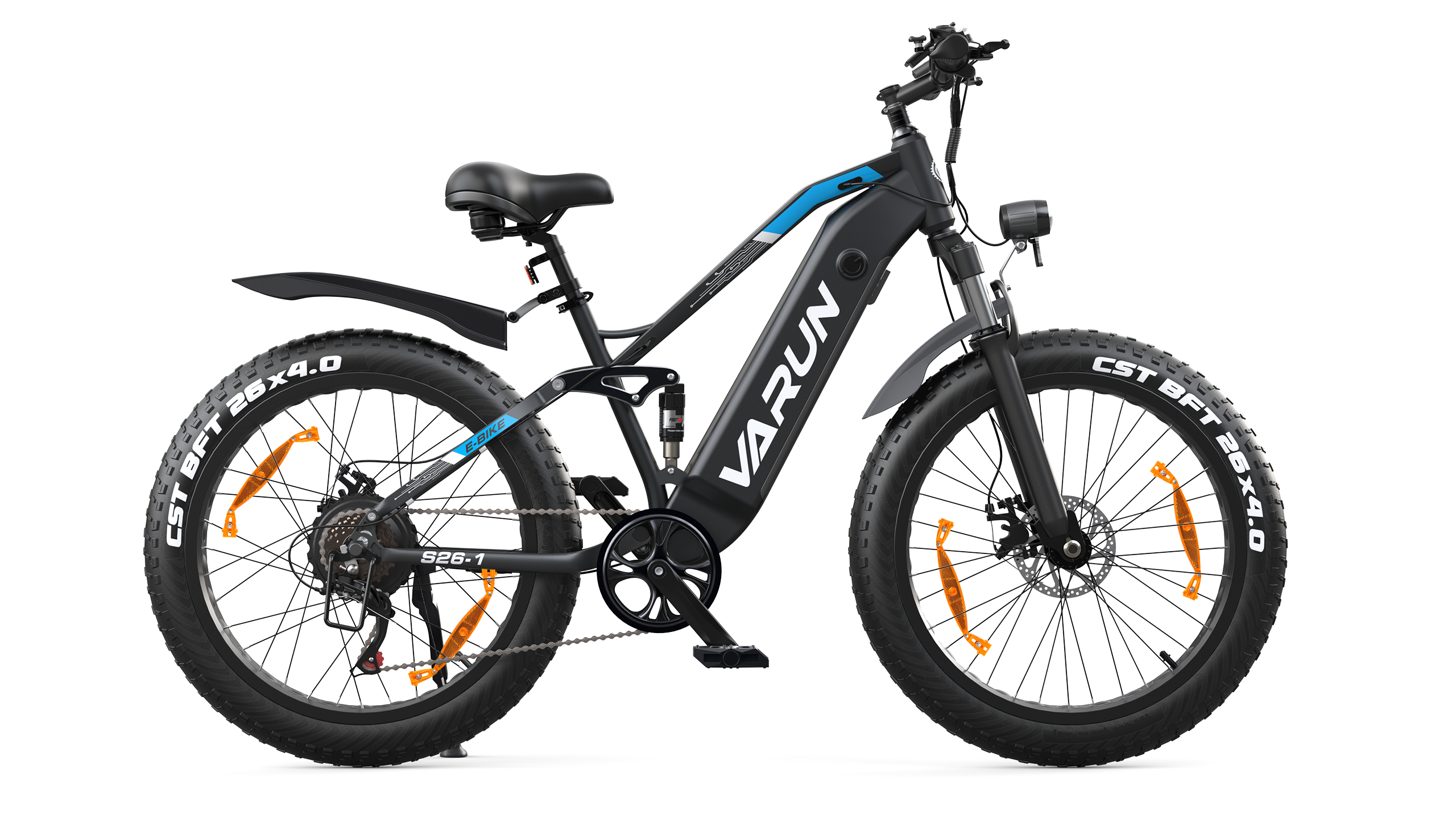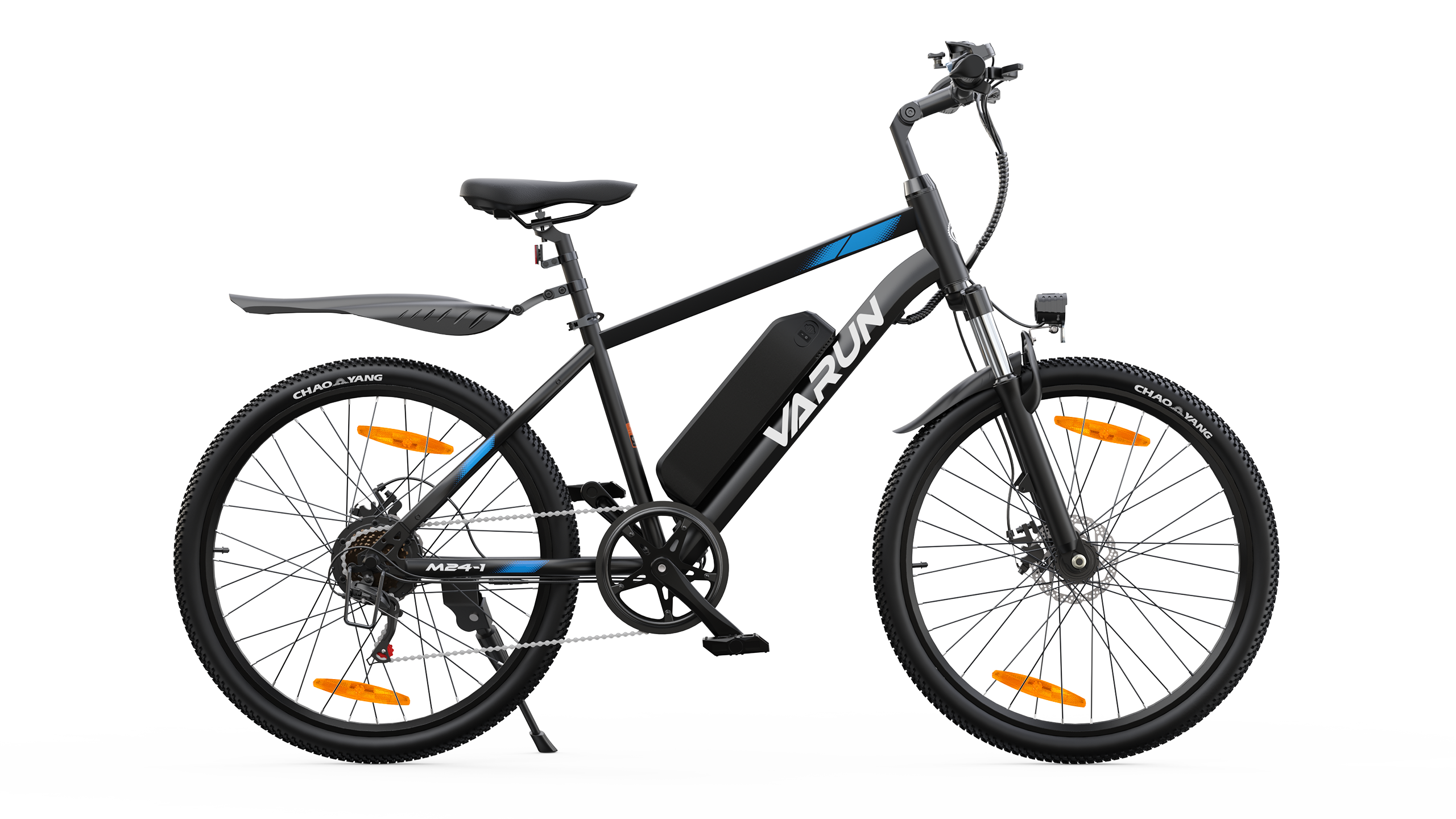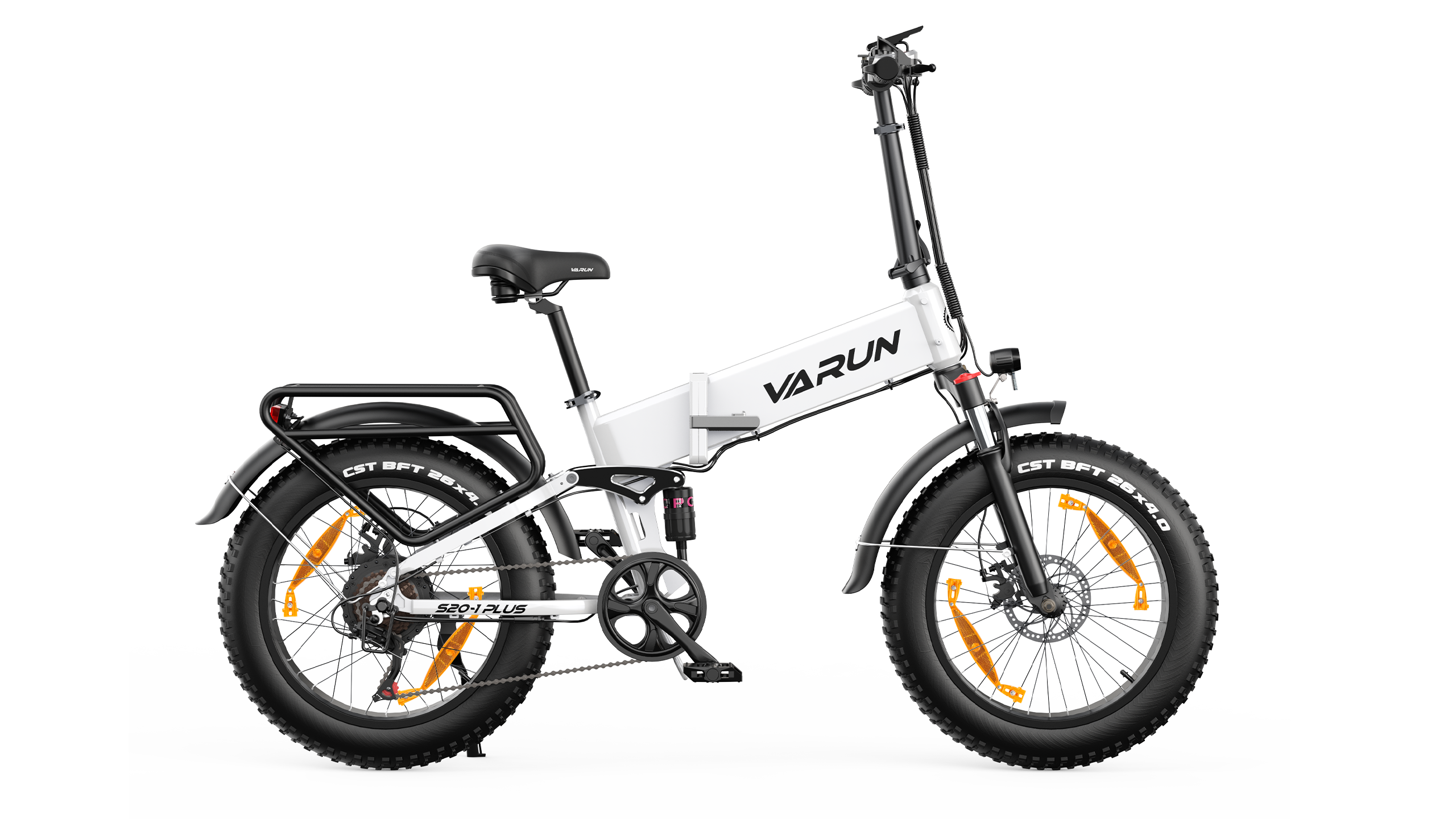How to clean the battery

When cleaning the battery of an E-bike, you need to pay special attention to the type of battery (such as lead-acid battery or lithium battery) and the design characteristics of the battery, because different types of batteries may have different cleaning requirements and restrictions. Here are some general cleaning steps and precautions:
Cleaning Steps
Power off and isolate:
Before starting to clean, make sure the battery is powered off and removed from the E-bike (if possible). This can prevent short circuits or electric shock accidents during the cleaning process.
Prepare cleaning tools:
Use a soft damp cloth or sponge as the main cleaning tool. Avoid using cloths or paper towels containing chemicals (such as acids, alkalis or corrosive cleaners) to avoid damage to the battery.
If you need to remove stubborn stains, you can consider using mild soapy water (make sure to rinse thoroughly without leaving any residue).
Gently wipe:
Gently wipe the surface of the battery with a damp cloth or sponge to remove dust, dirt and grease. For lithium batteries, be especially careful not to touch or damage the positive and negative terminals of the battery and any exposed wires.
For lead-acid batteries, since their casings are usually made of plastic or rubber, they can be wiped with a damp cloth relatively safely. But again, be careful not to get the battery connection port wet.
Check the connection port:
Use a dry cotton swab or soft cloth to gently clean the battery connection port, making sure it is free of dust, corrosion, or moisture. This helps keep the battery connection good and prevents performance degradation due to poor contact.
Drying and ventilation:
After cleaning, let the battery dry naturally in a well-ventilated area. Make sure the battery is completely dry before reconnecting it to the E-bike.
This is our brand website: https://www.varunebike.com/
Cleaning Steps
Power off and isolate:
Before starting to clean, make sure the battery is powered off and removed from the E-bike (if possible). This can prevent short circuits or electric shock accidents during the cleaning process.
Prepare cleaning tools:
Use a soft damp cloth or sponge as the main cleaning tool. Avoid using cloths or paper towels containing chemicals (such as acids, alkalis or corrosive cleaners) to avoid damage to the battery.
If you need to remove stubborn stains, you can consider using mild soapy water (make sure to rinse thoroughly without leaving any residue).
Gently wipe:
Gently wipe the surface of the battery with a damp cloth or sponge to remove dust, dirt and grease. For lithium batteries, be especially careful not to touch or damage the positive and negative terminals of the battery and any exposed wires.
For lead-acid batteries, since their casings are usually made of plastic or rubber, they can be wiped with a damp cloth relatively safely. But again, be careful not to get the battery connection port wet.
Check the connection port:
Use a dry cotton swab or soft cloth to gently clean the battery connection port, making sure it is free of dust, corrosion, or moisture. This helps keep the battery connection good and prevents performance degradation due to poor contact.
Drying and ventilation:
After cleaning, let the battery dry naturally in a well-ventilated area. Make sure the battery is completely dry before reconnecting it to the E-bike.
This is our brand website: https://www.varunebike.com/



























Leave a comment